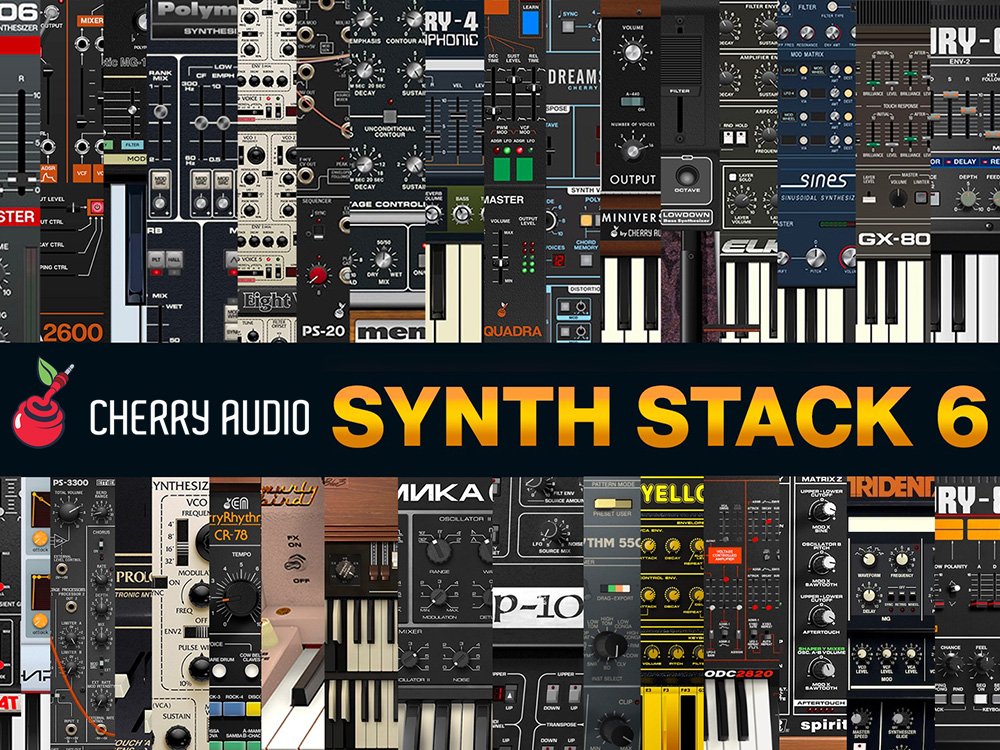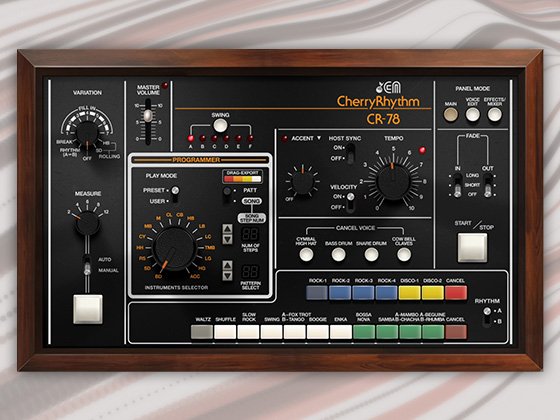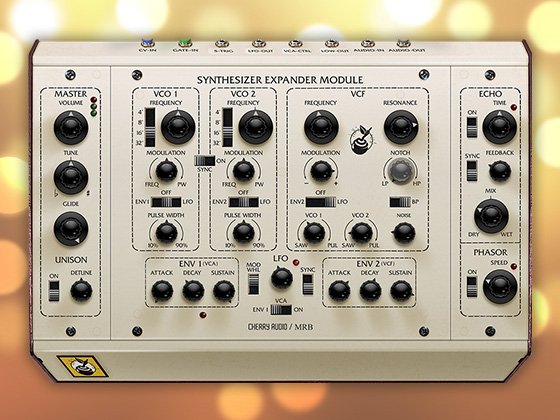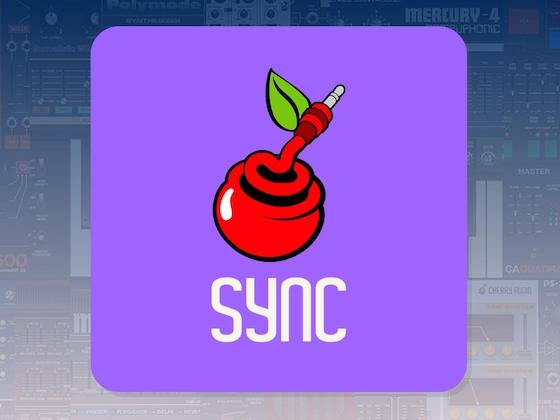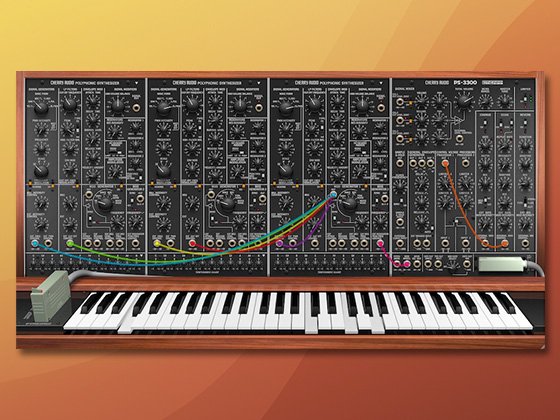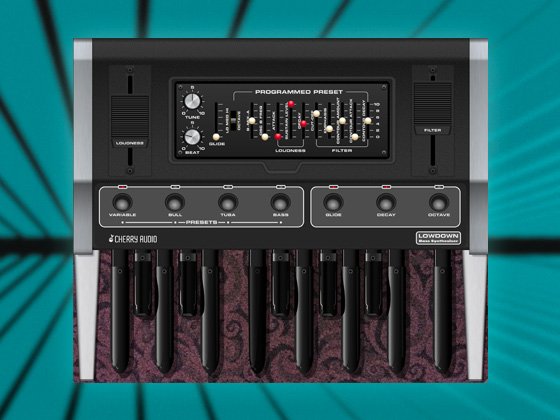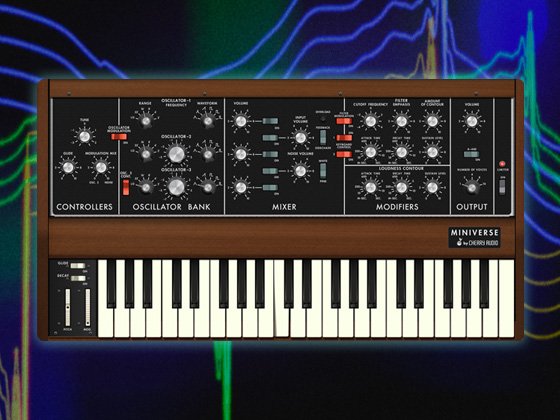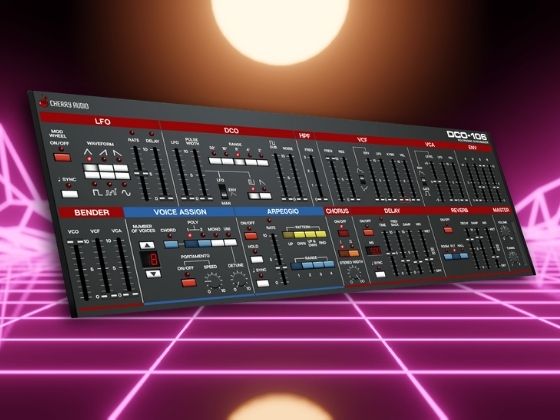$15.00
If you ever wanted to create a polyphonic synth with unison voices using only a single polyphonic oscillator, Polyphonic Unison is for you.
It divides the available polyphonic voices by the number of unison voices you want and takes care of all the rest: detuning, blending and spreading across the stereo panorama.
Unison: Number of unison voices. The total number of available polyphonic voices gets divided by that number (and rounded down), e.g. 16 voices polyphony by 3 unison voices leaves 5 polyphonic voices. The remaining number of polyphonic voices is displayed in red, the number of unison voices is displayed in green.
Detune: Unison detune. Ranges from -2 to +2 semitones
Blend: Blend unison voices with polyphonic voices
Spread: Spread unison voices across the stereo panorama
For Polyphonic Unison to do its magic, you have to connect the poly CV outs of Voltage Modular or the Poly MIDI In Module to the inputs of Polyphonic Unison and the output of your polyphonic synth to the Audio Input. The polyphonic outputs then go to your synth and the L and R output to a stereo mixer or a stereo output of Voltage Modular (see image above for example patch). At least the pitch and gate inputs and outputs have to be connected for the module to work.
The sound demo is made using the patch from the image above. It's a simple chord progression starting with 16 voice polyphony and 1 unison voice, then 5 voice polyphony and 3 unison voices, and lastly 3 voice polyphony with 5 unison voices, all slightly detuned with maximum spread.
A detailed user manual is also available as PDF.
If you have any module specific questions, please consult the user manual or visit the Monkey Business Audio forum. For questions about Voltage Modular in general, please visit the Cherry Audio forum. If you don't want to ask your question in the forum you can send me a pm or an email.
Title of Song
-
Polyphonic-Unison-Demo
